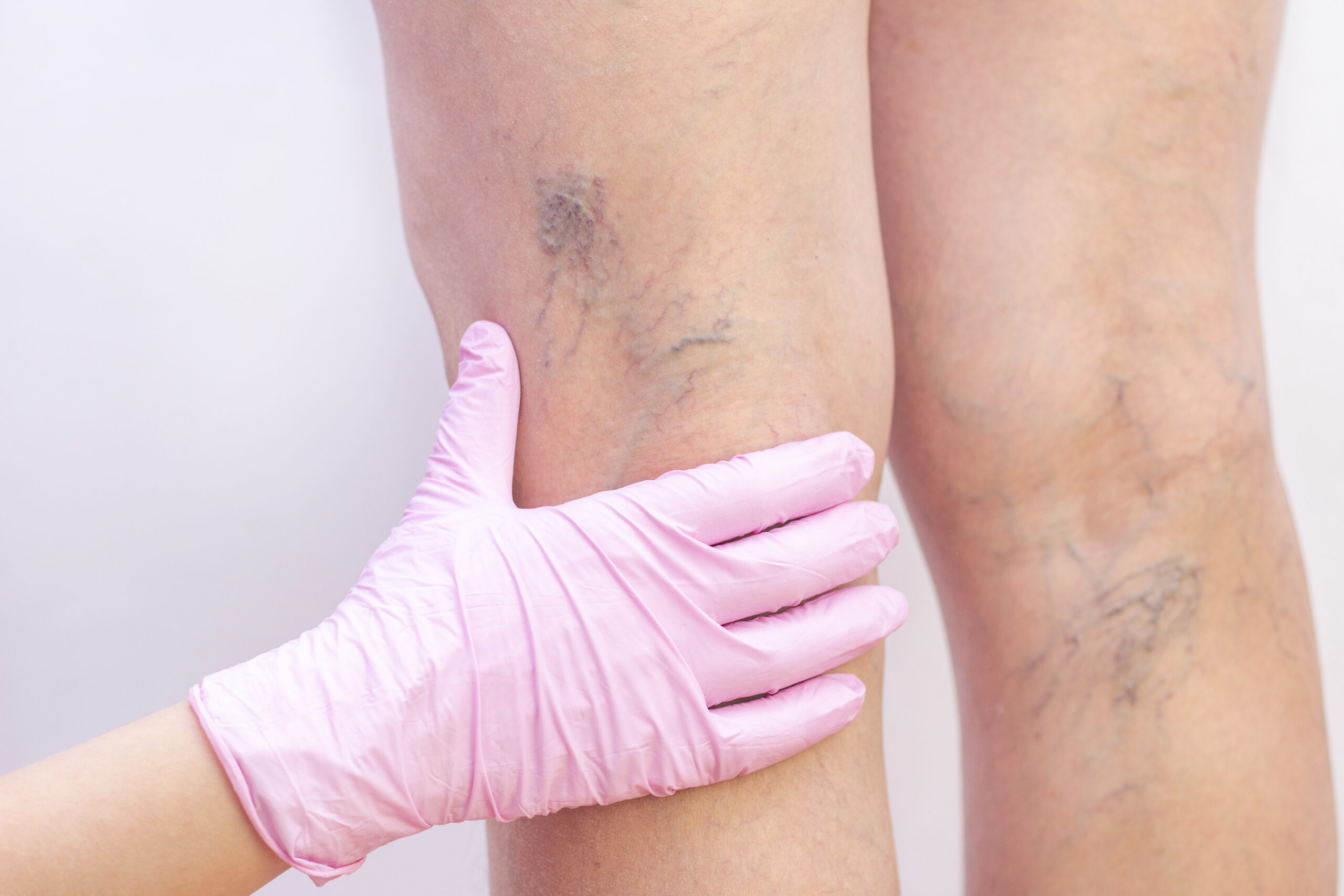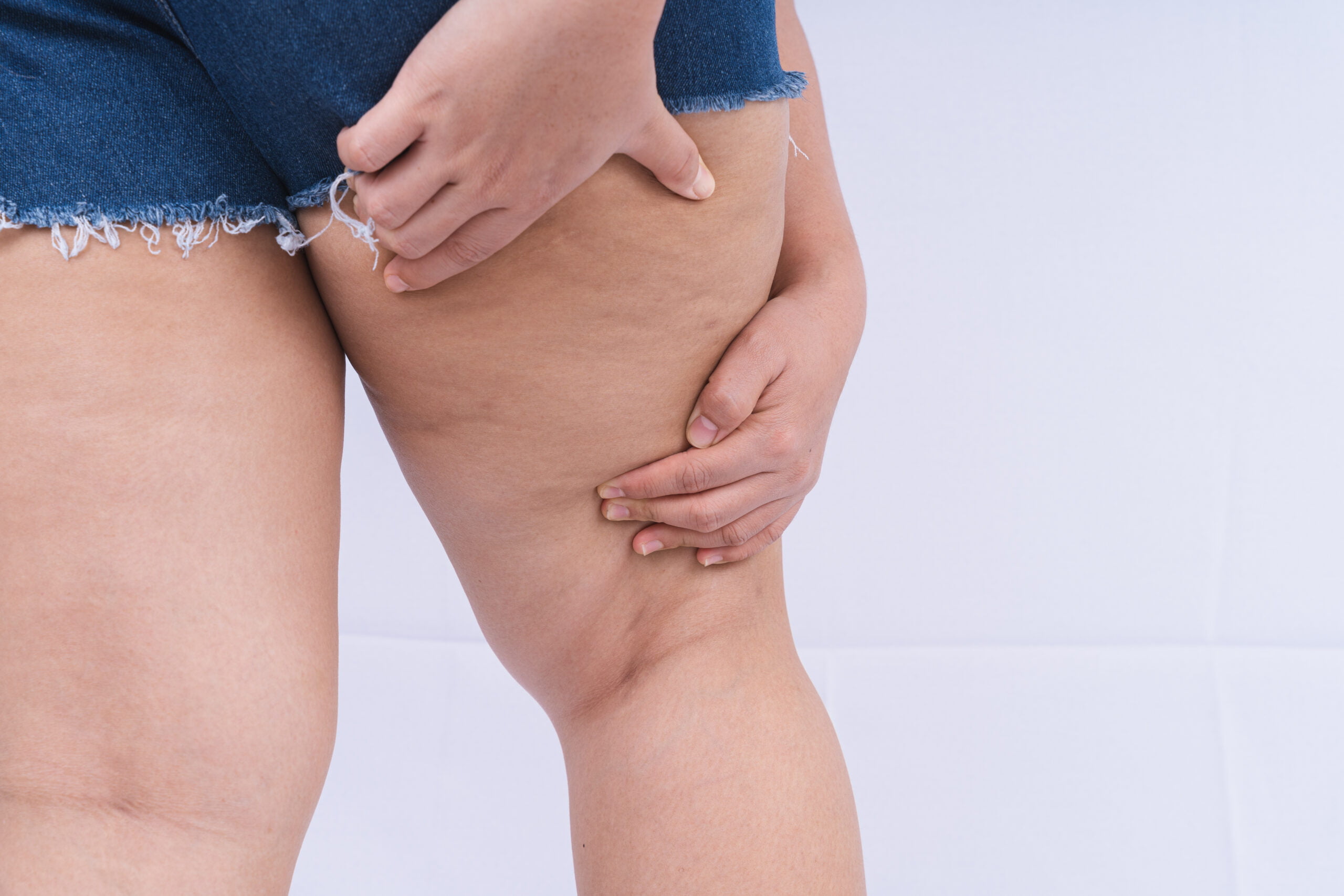
Unveiling the genetics of lipedema: is it hereditary?
Avinav
September 8, 2023

Lipedema is a chronic, progressive disease that causes swelling, pain, and a “pear-shaped” body due to abnormal fat accumulation in the lower limbs.
The question that needs to be answered is: Is lipedema hereditary? There is evidence to suggest that lipedema has a hereditary component. While the exact genetic factors and mechanisms underlying lipedema are not fully understood, research indicates that there is a genetic predisposition that can make certain individuals more susceptible to developing the condition.
Here are some key points related to the genetics of lipedema:
- Family History: Lipedema often runs in families, and individuals with a family history of the condition are at a higher risk of developing it themselves. This suggests a genetic link.
- Twin Studies: Studies involving identical twins have shown a higher concordance rate for lipedema among identical twins compared to non-identical twins. This supports the idea that genetics plays a role in the development of the condition.
- Genetic Variants: While specific genes responsible for lipedema have not been definitively identified, researchers have explored various genetic factors that might contribute. These include genes involved in fat metabolism, inflammation, and blood vessel function.
- Hormonal Influence: Hormones can also influence the development of lipedema, and there is a connection between hormonal imbalances and the condition. Genetic factors could potentially contribute to how the body responds to hormones, leading to the characteristic fat accumulation seen in lipedema.
- Complex Inheritance: Lipedema is likely influenced by multiple genetic factors and might involve a complex inheritance pattern. This means that it is not solely determined by a single gene but rather a combination of genetic and environmental factors.
- Epigenetics: Epigenetic factors, which can influence how genes are expressed without altering the underlying DNA sequence, might also play a role in the development of lipedema. Environmental factors and lifestyle choices can impact epigenetic modifications, potentially influencing the risk of developing the condition.
Symptoms
- Abnormal accumulation of fats in lower parts
- Tenderness or pain in affected areas
- Impaired limb mobility or flexibility
Genetics of lipedema
- Hormonal Imbalance
- If a family member has suffered from lipedema
- Twin Babies
Conclusion
It’s important to note that genetics is just one aspect of the overall picture when it comes to lipedema. Environmental factors, such as hormonal changes (e.g., puberty, pregnancy) and lifestyle factors (e.g., diet, physical activity), can also contribute to the development and progression of the condition.
Further research is needed to fully understand the genetic underpinnings of lipedema and how they interact with other factors. Genetic studies, family histories, and molecular investigations are ongoing to uncover more about the hereditary aspects of this condition.
To connect with us click on the button below
To know more fill in the details below:
Recent Posts
Have Any Question?
Lipedema is a condition that causes excess fat to accumulate in the lower part of the body.
- +919515106591
- srinageshlipedema@gmail.com



